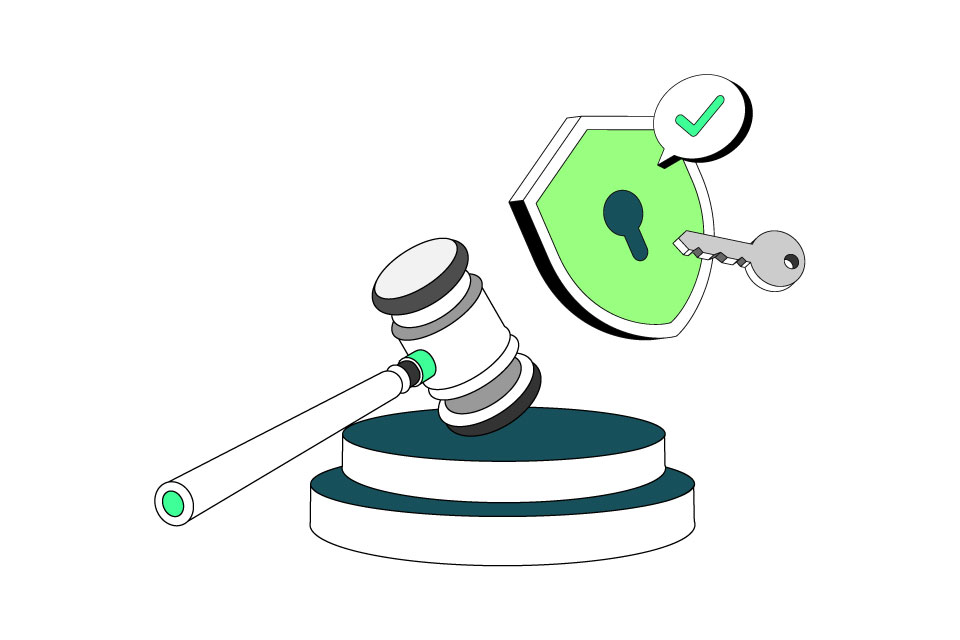The business environment remains volatile, unpredictable and hard to read. Globally, there is a challenging geopolitical landscape while at home, the UK economy is giving off mixed signals about future prospects and growth.
In this context, it sometimes feels like good news is in short supply – so it was especially welcome to record a rise in customer satisfaction levels in our latest UK Customer Satisfaction Index (UKCSI). This came after three years of decline or stagnation, with four successive periods of falling satisfaction that raised fears of a long-term malaise. But, having stabilised in our January UKCSI, scores have now moved decisively up – with an overall score of 77.3 (out of 100), an increase of 1.5 points from a year ago.
Widespread improvements
This is excellent news and all organisations that have recorded an increase in customer satisfaction should be congratulated. One of the most positive things of all is that every single sector of the 13 we track saw an improvement in their score: there was a general uplift across the board.
There were several key factors behind the increase. More experiences were rated as being right first time (82.1% compared to 80.7%), fewer customers reported having a problem or bad experience (14.4% compared to 16.2%), and more customers felt that organisations they dealt with understood and responded to their personal situation and needs (61.8% compared to 60.1%). We could perhaps summarise this as organisations improving their functional efficiency and providing more personalised service.
Maintaining success – critical factors
While this is very encouraging, we must remember that ‘one swallow doesn’t make a summer’. The task now is to maintain and indeed increase customer satisfaction still further. If we are to truly become a Service Nation, then we need to see successive uplifts in performance across multiple periods with organisations making customer satisfaction one of their key strategic performance indicators.
To achieve this, certain factors will be critically important. Getting the balance right between the use of AI and automation on the one hand and human intervention on the other is absolutely key. Organisations are certainly investing more in AI and this is helping drive many improvements – but it’s essential to ensure that processes remain responsive to customers’ individual needs, especially those with more complex or non-standard requirements, with human agents on hand at the point of need. This balance is crucial to the quality of the overall customer experience.
The cyber challenge
Another key technology-related area is cybersecurity. We have seen a slew of cyber attacks in recent months causing significant disruption and operational, commercial and reputational challenges. Organisations have a duty to all their stakeholders, and customers especially, to strengthen cybersecurity and protect personal data. However, cybersecurity also presents a particular customer experience challenge. Only a quarter of customers actively agree that organisations are doing enough to protect their personal data and prevent cyber attacks – but at the same time, nearly half (44%) say they have been frustrated by organisations’ data security protocols. Organisations with a strong track record in customer service are likely to find it easier to persuade their customers to tolerate a little extra friction in their experience so as to increase security.
Top performers and sectors – narrowing the gaps
Turning to the performance table in this UKCSI, congratulations go to first direct who were the top-ranked organisation with an impressive score of 87.7. It is noticeable that three of the top four are financial services businesses (with Starling Bank second and Nationwide Building Society fourth). Financial services and retail dominate the top ten. It is also interesting to see that, despite their well-publicised issues in the wake of a cyber incident, M&S manages to keep its top ten position (for both Food and Non-Food). This perhaps demonstrates that, even when the worst happens, if you communicate well and keep customers updated, goodwill can be retained.
As I noted earlier, all 13 sectors recorded an increase in their score. But while this is commendable, there is also a clear and wide divergence in most sectors between the top and bottom performing organisations. On average across sectors, the difference is 14 points – a considerable differential. Effectively, the top performers are carrying others in their sector. If the businesses towards the lower end could close the gap, the result would be an even greater uplift across the piece. My challenge to those businesses is therefore: redouble your efforts and show us what you can do!
The ROI of service excellence
This is about much more than just doing well in a league table, of course. There is a strong and direct link between achieving high levels of customer satisfaction and recording improved financial performance, as research from The Institute has repeatedly shown. To that end, we have launched an ROI Toolkit exclusive to Institute members which includes a set of metrics, methodologies, case studies and research to help guide customer service leaders.
It is extremely gratifying to see that UK customer satisfaction has turned the corner after so many periods of decline. Now let’s all work even harder, collectively and within our organisations, to keep driving satisfaction up and embed service excellence as simply the way things are done – creating not only happier customers but improved commercial returns too.



